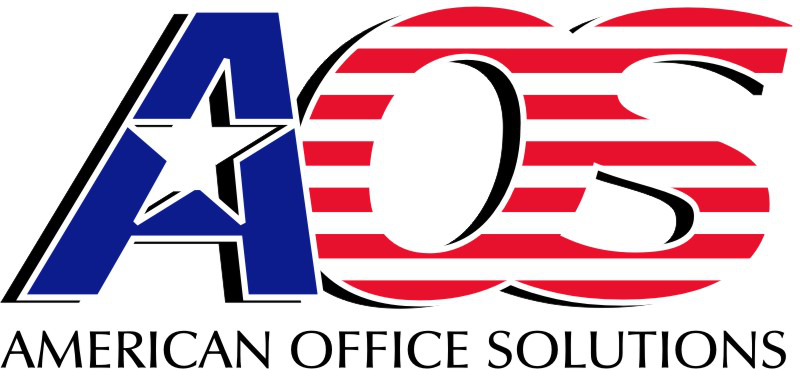POP, IMAP, and Exchange
What’s the difference?
There are three protocols for accessing email services. They vary in features, as outlined below:
POP (Post Office Protocol), so named for the method in which mail is sent from the server to your computer, is the oldest and simplest protocol. The server (or post office) collects and then sends out the mail to your computer, but does not keep track of what happens with the email after it arrives on your computer. Therefore, any organization (ex. folder creation) is local, and you will not see it if you make a folder in Outlook and then look for the same folder in the email’s web client.
IMAP (Internet Message Access Protocol) synchronizes your inbox and other mail folders. Making a change on the server side will update any clients (ex. Outlook or the mail app on your phone) to match the same structure and vice versa. IMAP, therefore, is a good way to keep email organized while eliminating the risk of losing your emails in the event of your computer’s hard drive failing.
Exchange (Microsoft’s proprietary protocol) is much like IMAP in that it synchronizes your email messages and folders, but it goes one step further: Exchange synchronizes all of your contacts and calendars as well and even allows you to share calendars and contacts with other Exchange users. Exchange integrates seamlessly with Microsoft Outlook and works with both Android and iOS.
